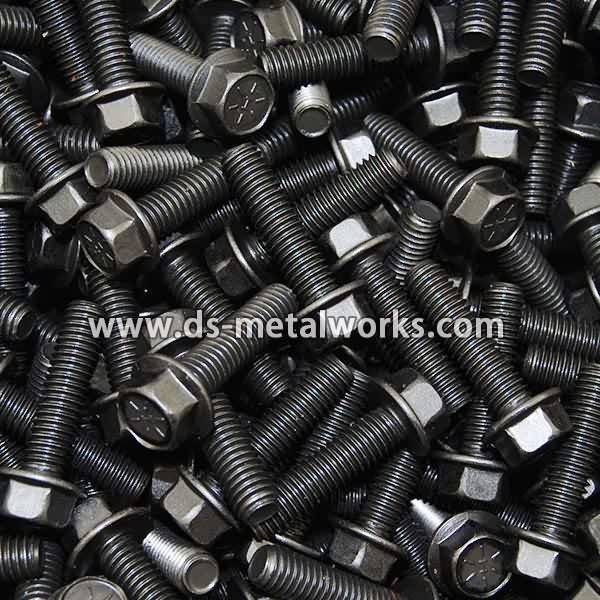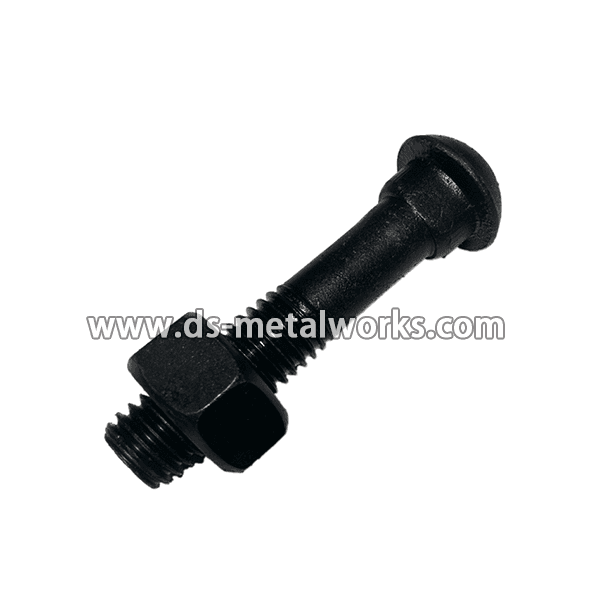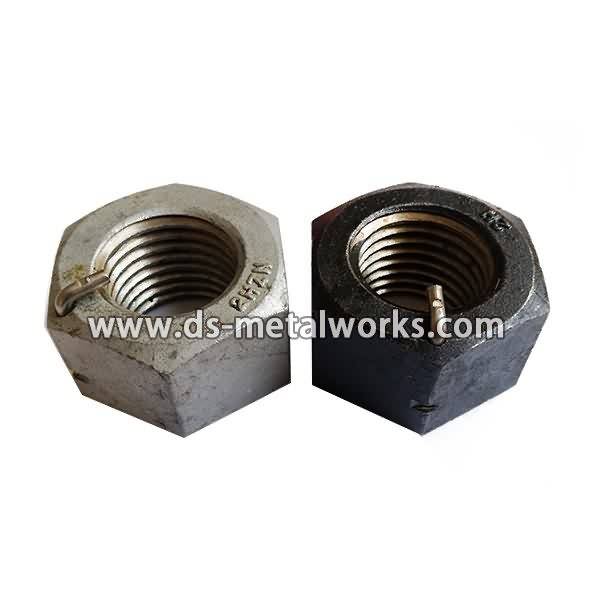2017 New Style BS4395 High strength friction grip bolts with Nuts and Washers to Gabon Importers
Short Description:
BS4395 High Strength Friction Grip Bolts with Nuts and Washers Dimension: BS4395 Thread Size: M12-M36 with various length Grade: BS4395 Part-1 8.8, BS4395 Part-2 10.9 Finish: Black Oxide, Zinc Plating, Hot Dip Galvanized, Dacromet, and so on Packing: Bulk about 25 kgs each carton, 36 cartons each pallet Advantage: High Quality and Strict Quality Control, Competitive price,Timely delivery; Technical support, Supply Test Reports Please feel free to contact us for more details.
Product Detail
Product Tags
2017 New Style BS4395 High strength friction grip bolts with Nuts and Washers to Gabon Importers Detail:
BS4395 High Strength Friction Grip Bolts with Nuts and Washers
Dimension: BS4395
Thread Size: M12-M36 with various length
Grade: BS4395 Part-1 8.8, BS4395 Part-2 10.9
Finish: Black Oxide, Zinc Plating, Hot Dip Galvanized, Dacromet, and so on
Packing: Bulk about 25 kgs each carton, 36 cartons each pallet
Advantage: High Quality and Strict Quality Control, Competitive price,Timely delivery; Technical support, Supply Test Reports
Please feel free to contact us for more details.
Product detail pictures:

The really abundant projects management experiences and 1 to just one provider model make the high importance of business enterprise communication and our easy understanding of your expectations for 2017 New Style BS4395 High strength friction grip bolts with Nuts and Washers to Gabon Importers, The product will supply to all over the world, such as: Albania, Romania, Swaziland, Please feel cost-free to send us your specifications and we'll respond to you asap. We've got a professional engineering team to serve for the every single detailed needs. Free samples may be sent for you personally to know far more facts. So that you can meet your desires, please really feel cost-free to contact us. You could send us emails and call us straight. Additionally, we welcome visits to our factory from all over the world for much better recognizing of our corporation. nd merchandise. In our trade with merchants of several countries, we often adhere to the principle of equality and mutual advantage. It is our hope to market, by joint efforts, both trade and friendship to our mutual benefit. We look forward to getting your inquiries.
Ball bearing & PVC Centriphone Handle
Credit to WSCLATER for the inspiration drawn from his DIY Steadicam plan
Parts List
2x Nibco CPVC Coupling CP4701 1/2″
3x Nibco CPVC Coupling CP4701 3/4″
1x M8x35 1.25 Pitch Flange Bolt
2x M8 1.25 Pitch Nylon Insert Lock Nut
Optional M8 Flat Washers
2x Skateboard Bearings
Teflon Tape
WSCLATER’s Steadicam Vid
Hanoihancock’s Steadicam Vid
What does it take for linemen to safely work on energized power lines carrying up to 500,000 volts of electricity? Training. Lots of training.
In May, PG&E completed annual training in Los Banos for a special group of linemen who perform upgrades, maintenance and repairs on energized transmission power lines that carry 60,000 to 500,000 volts of electricity. The procedure is safer and easier for linemen, and it also eliminates the need to de-energize a power line and interrupt electric service to potentially thousands of customers, as was the practice sometimes in the past.
The technique is called “Barehanding” in the utility industry. Workers are protected from energized equipment on high-voltage power lines by using insulated tools, ladders and aerial lifts and by wearing a special suit that acts like a shield to prevent electric current from flowing through their body.
“To do this kind of work, it’s a lot of excitement, and it’s fun. It’s an adrenaline rush. You’re working at heights. You’re working on energized lines. When you’re actually bonding on the 500-kilovolt (kV) line, you’re energized at 289,000 volts with your Barehand suit. So it can be a thrill,” said Randy Fulmer, an electric crew foreman based in Pismo Beach.
Fulmer, a 25-year PG&E veteran, explained how the Barehand suit, also known as a Faraday suit, works:
“The electricity goes over the top of your body and around you instead of through you. So you’re basically just part of the conductor while you’re up there working on it,” he said.
In 1836, Michael Faraday invented the Faraday Cage and discovered that an electrical field will not cause injury as long as the occupant inside the cage does not contact another object at a different electric voltage. It works because everything inside the cage is at the same voltage. The Barehand suit works on the same principle.
“With the Barehand methods, we’re able to keep the lines energized to keep all the customers hot. Their power doesn’t have to go out. And, for the worker, it’s a safer work practice and it’s easier on their bodies,” said Tim Combs, a technical training instructor for PG&E.
Another electric crew worker, Ron Johnson from Chico, explained how “working hot” feels different than working with de-energized lines.
“When we’re working on these lines dead, you have an induction up there, and you get zapped quite a bit. Working on it hot with these suits, you don’t feel anything. You just hear a slight hum in your ears from the electricity, so it’s actually quite comfortable,” he said.
Here’s how it works: As electric workers approach a 500kV power line from a bucket truck, they use a four-foot stick to “bond-on” to the line. The bonding process generates an electrical arc as the Faraday suit, basket and truck are completely energized to the same voltage as the line. When workers “bond-off”, another electrical arc will appear as the stick backs away from the line. At that point, workers know they are clear of the voltage.
In the past, workers used a 19-foot “hot stick” without Faraday suits on energized power lines. Although a proven and safe way to perform necessary line maintenance, it was an inefficient procedure that still exposed workers to potential injuries.
To find a better way, PG&E and the International Brotherhood of Electrical Workers (IBEW) Local 1245 began to study Barehand work procedures that other utilities were using in 1988. PG&E implemented the new procedure in 1990 because Barehanding was safer and easier than hot sticks and the work method gave employees more control with their hands and a more comfortable working position.
“There’s never been a better example of collaboration and partnership between PG&E and IBEW Local 1245, and it’s every bit as strong today as when we started benchmarking these procedures in 1988,” said Bob Gerstle, assistant business manager with IBEW Local 1245.
Because of this specialized training that takes place every year, PG&E’s Barehanding crews can work more efficiently. In the past, crews using hot sticks to replace insulators on energized lines could complete just two towers per day; when Barehanding, an experienced crew can replace insulators on five towers a day.
Barehanding also allows PG&E to reduce the number of planned power outages and shorten timeframes needed to upgrade, maintain and repair its electric system. In 2014, PG&E customers experienced the fewest number of outages in company history.






